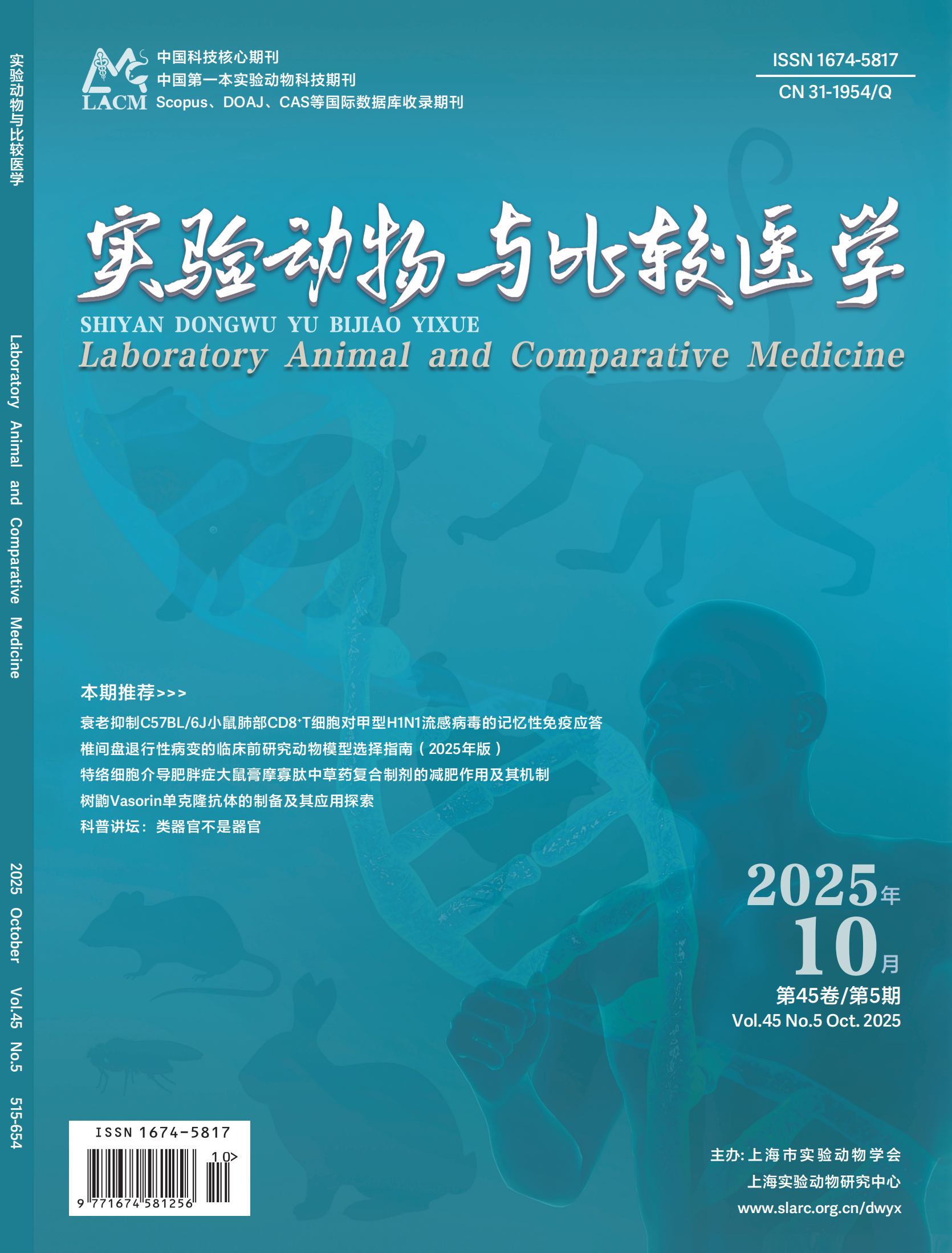Objective To observe the protective effect of 2% taurine on corneal endothelial cells injured by benzalkonium chloride in rats. Methods Six piece of corneal endodermis and elastic layer tissue slices were prepared from 6 eyes of 3 SPF SD rats and randomly divided into three groups. The corneal endothelial cells of rats were cultured by tissue block culture for 1 day, then the control group cells were added with 2% taurine solution, while the experimental group cells were added with 2% taurine solution and 0.01% or 0.03% benzalkonium chloride solution. After 1, 2, 4, 5, 6 and 8 days of continuous culture, the growth of corneal endothelial cells in each group was observed under an inverted microscope, and the morphology of endothelial cells was observed under an optical microscope after Wright staining. Results Treated with 0.01% benzalkonium chloride and 2% taurine for 1 day, polygonal endothelial cells appeared on the edge of corneal tissue mass, and the cells were transparent. After 2 days, the number of polygonal cells increased, and there was no fusion growth between cells. After 3 days, the number of polygonal cells decreased and no mitotic signs were observed in endothelial cells. After 4 days, the endothelial nuclei were deeply stained and polygonal cells were rare. After 5 days, the number of endothelial cells decreased, and cell body shrinkage and death occurred. In the experimental group treated with 0.03% benzalammonium chloride and 2% taurine for 1 day, no endothelial cell growth was observed and the cells were sparsely-scattered. In control group, polygonal endothelial cells and a few endothelium-like polygon cells appeared at the edge of tissue blocks after 1 day. After 3 days, the number of polygonal cells at the edge of tissue blocks increased, and there was a phenomenon of gradual fusion growth. After 5 days, the number of endothelial cells increased, and the cells were mostly hexagonal. After 8 days, the endothelial cells formed large sheets, the cell bodies were hexagonal or round, and the nuclei were divided. The growth of corneal endothelial cells in the left and right eyes was uniform, and there was no significant difference in the morphology of the left and right eye endothelial cells in the 0.01% and 0.03% benzalammonium chloride treatment groups and the control group. Conclusion 2% taurine had no protective effect on corneal endothelial cells injured by benzalammonium chloride.

